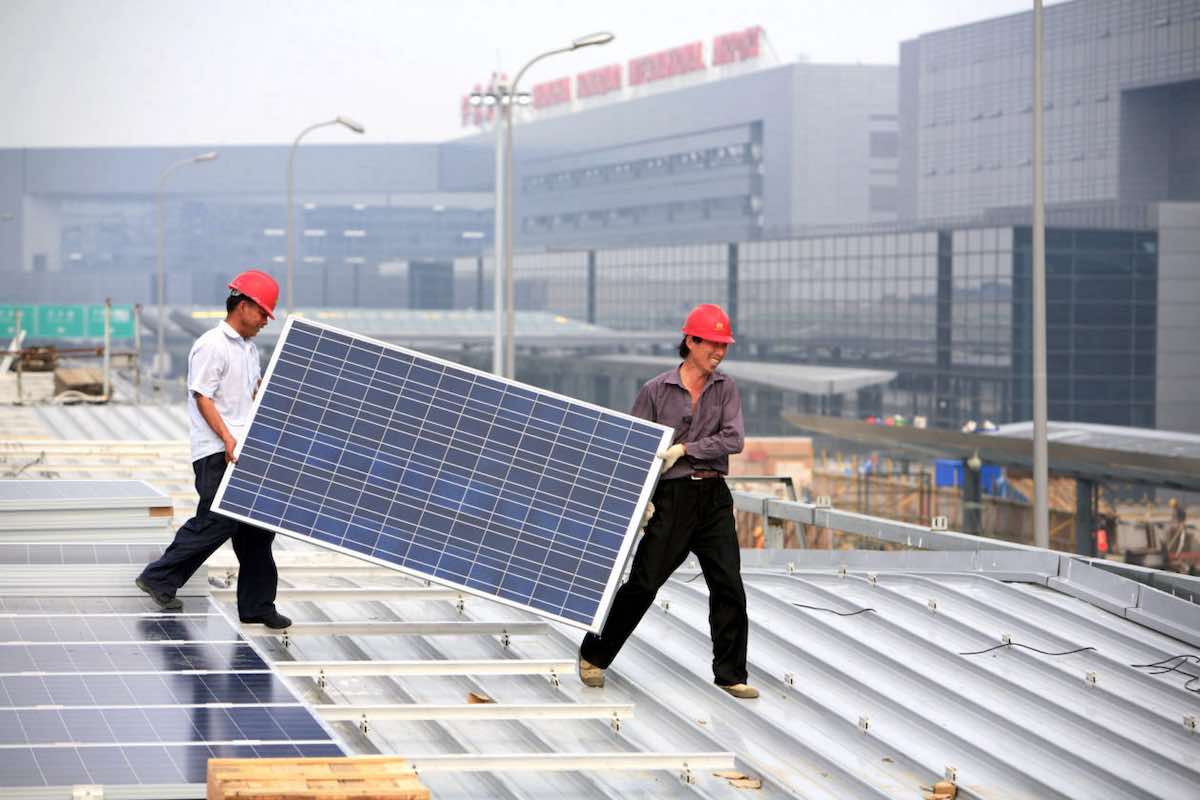Global solar juggernaut China is hurtling towards a mind-bending new milestone, with new modeling revealing it is on track to pass the 1,000 gigawatt – or one terawatt – mark of total installed PV capacity by the end of 2026.
A new report from Rystad Energy expects new solar capacity installed in China in 2023 to top 150GW – an almost doubling the 87GW installed in 2022 that will take the nation’s cumulative capacity past 500GW by the year’s end.
This 500MW milestone is an enormous achievement over just 13 years – it accounts for around 40% of all the world’s installed solar. Australia, by contrast, has around 30GW of cumulative installed PV capacity, while the US has around 145GW.
But Rystad says it will not take anywhere near 13 years for China to install the next 500GW of solar – rather more like three.
According to its projections, another 165GW of new PV capacity is expected to be added in 2024 and 170GW in 2025, taking China close to 900GW of cumulative solar by the end of 2025, before sailing past 1TW of capacity at the end of 2026.

As stunning as that number is, it is not entirely surprising given China’s dominance of the global solar supply chain and its easy access to abundant and cheap panels.
Yicong Zhu, senior renewables and power analyst at Rystad Energy, says China’s national program to build out solar capacity, launched in June 2021, has also delivered a significant boost to large-scale projects.
China also has provincial-specific solar installation targets under its renewable energy plans across 26 provinces as part of its 14th five-year planning period.
The goal is to install 443GW of new capacity by the end of 2025, Rystad says. At June 30 this year it had reached the the halfway mark, with 206GW of that amount installed.

But it is distributed solar that has really driven growth in the sprawling country – and particularly on China’s commercial and industrial rooftops.
“Although most distributed PV systems are installed on rooftops, not all of them are used for residential purposes,” Zhu says.
“Around two-thirds of the distributed PV capacity in China is utilised by the commercial and industrial sectors and these projects can vary from tens to more than 100 MW.”
A lot of money has been invested in the effort, too. Rystad cites China’s National Energy Administration (NEA) as reporting that 134.9 billion CNY (~$US15.8 billion) has been invested in solar PV construction during the first half of 2023.
According to Rsytad, that is 3.4 times the investment put into thermal power during the same period and the highest among all power generation sources.
Meanwhile, China is also busy supplying the vast majority of the solar being installed in other countries around the world.
Just this week module manufacturers in Europe called for policy and monetary support for the EU solar industry to give it a chance of survival against the flood of “unsustainably low-priced” imports from China.
“[EU] manufacturers now face a choice: continue production shutdowns and face bankruptcy or seek refuge in regions like the US that support their PV industry,” SolarPower Europe said in a letter to the European Commission.










